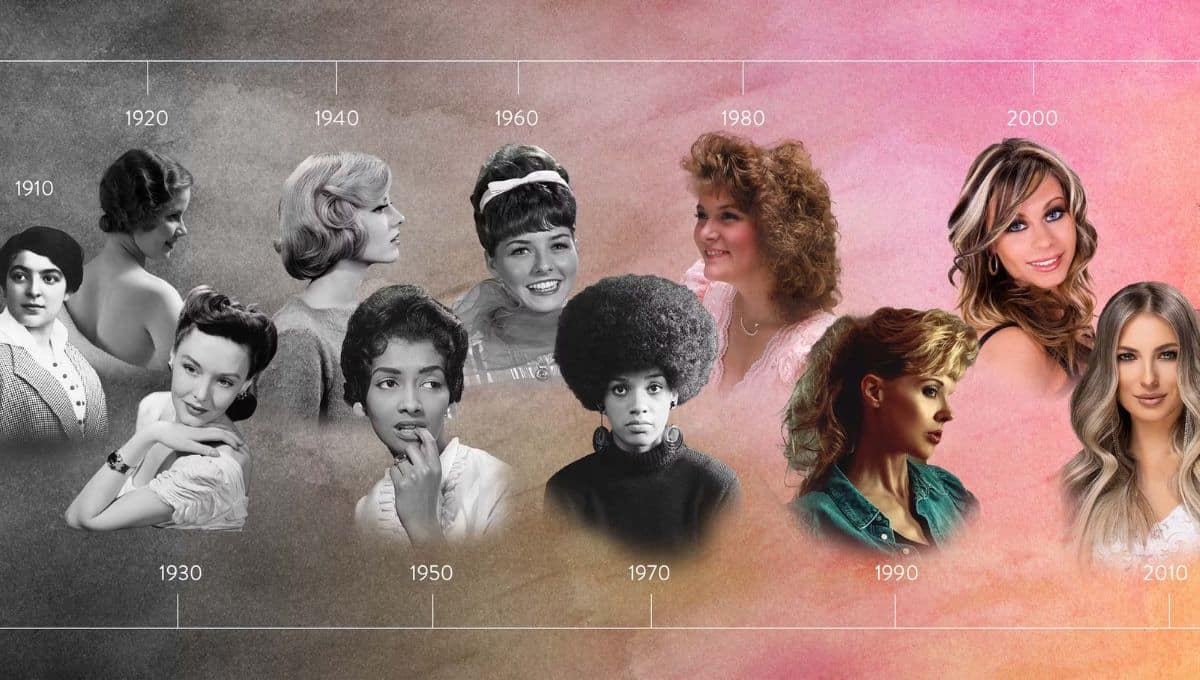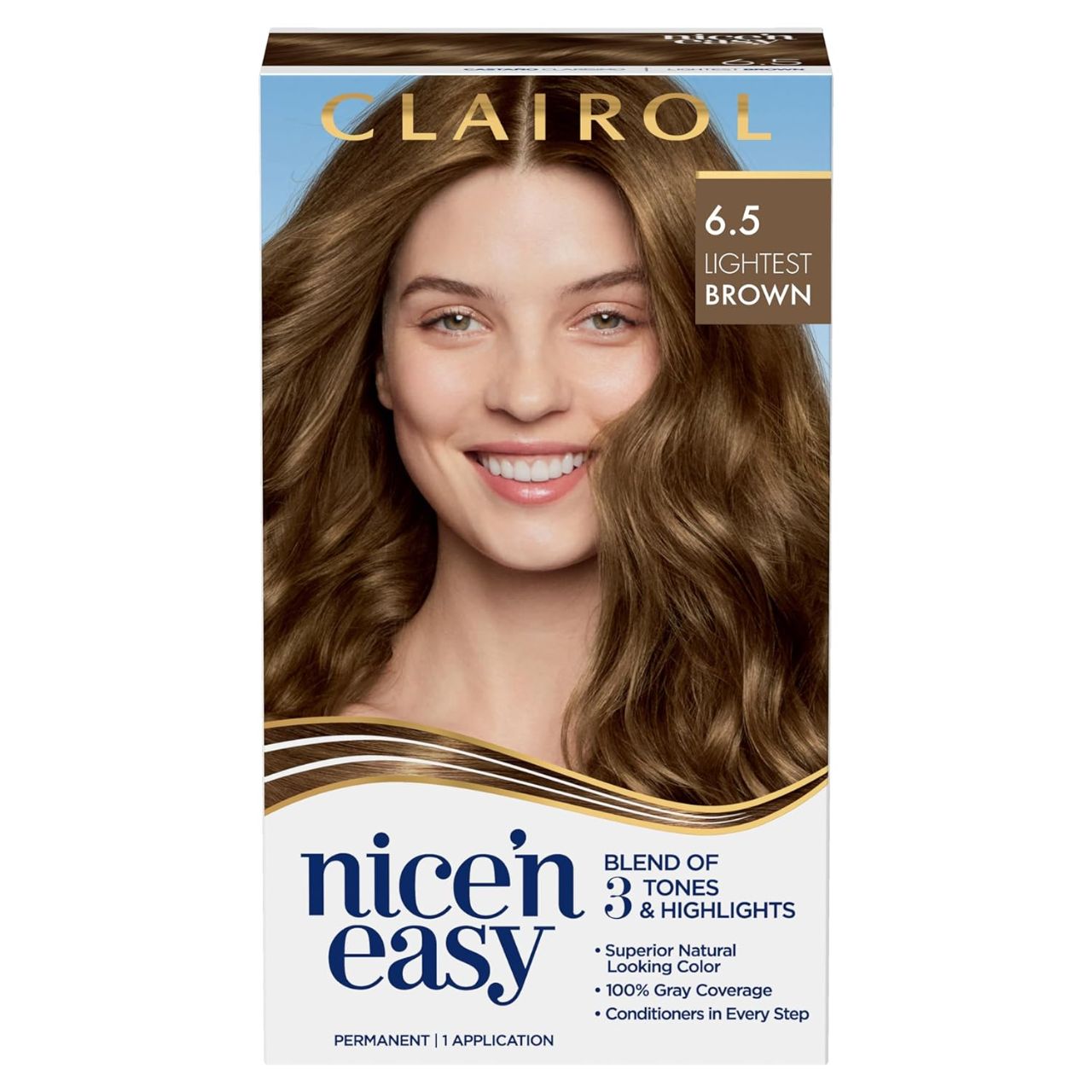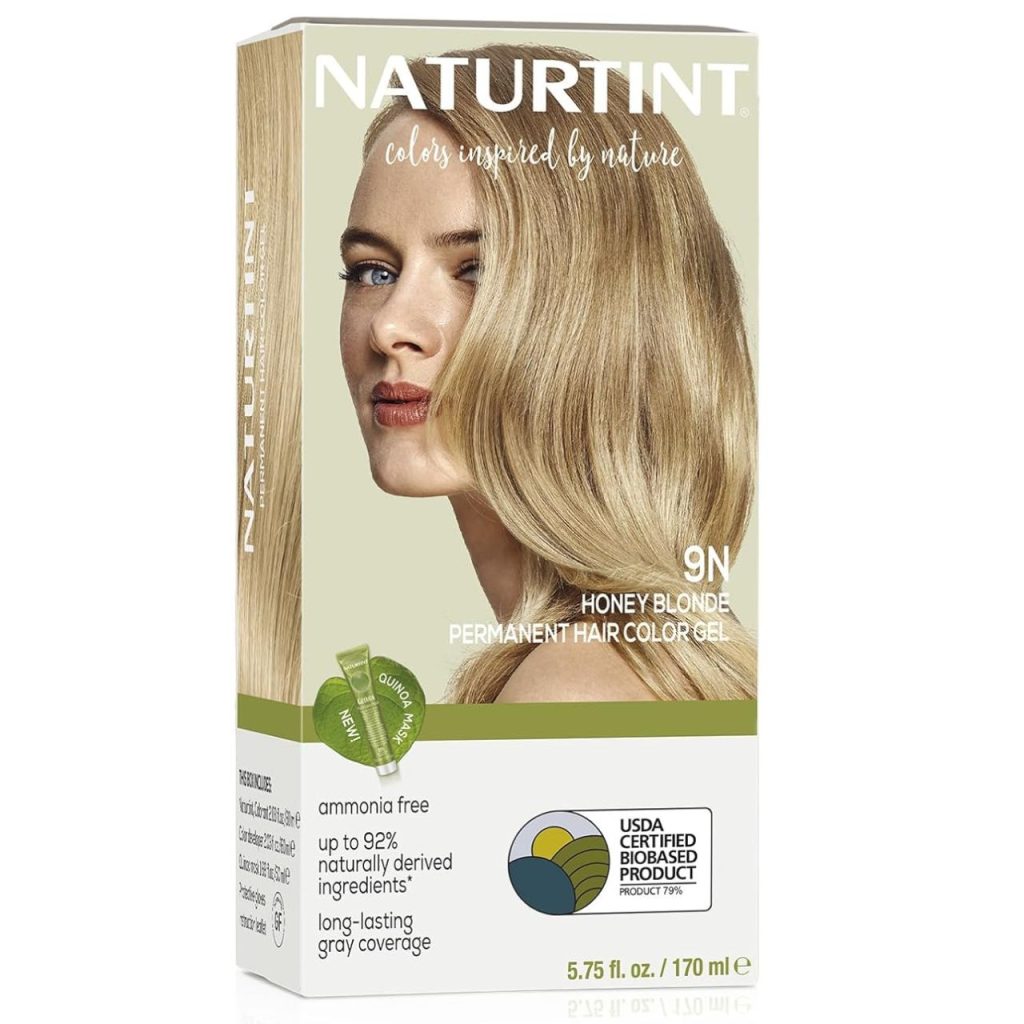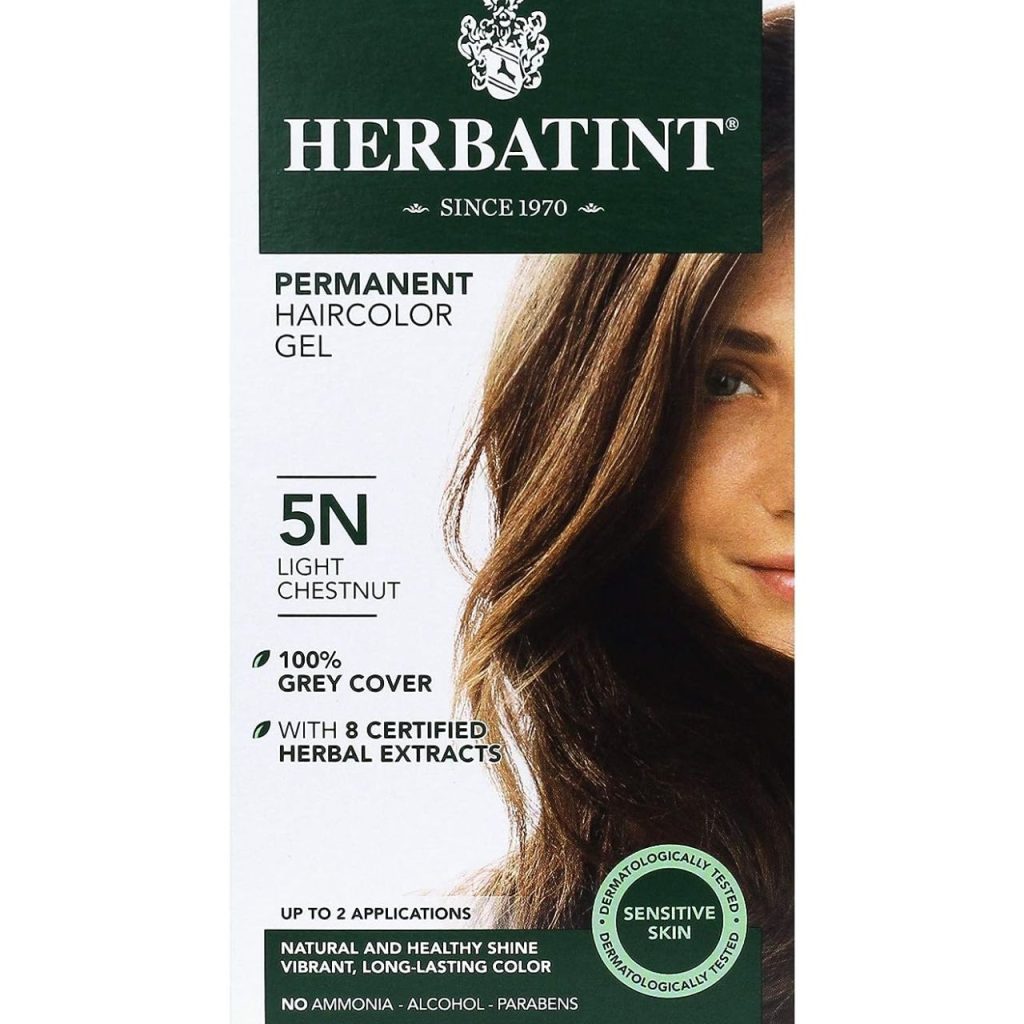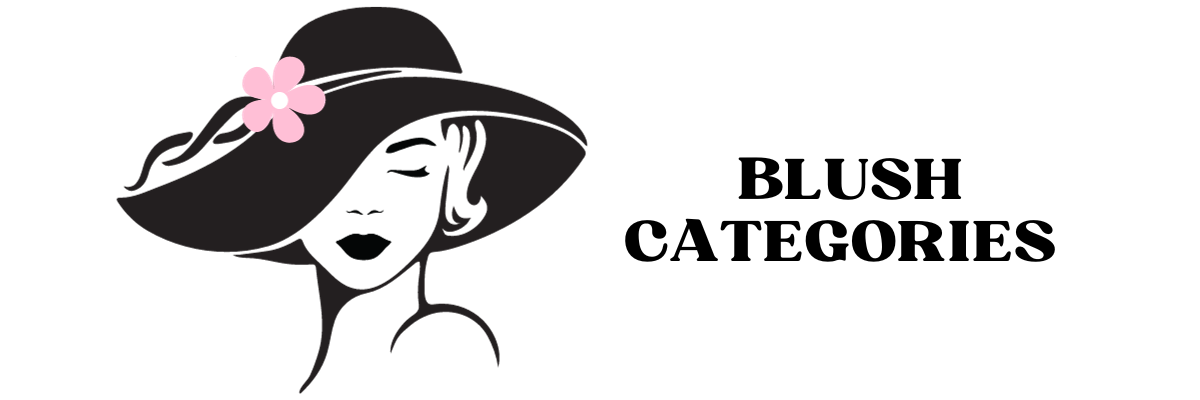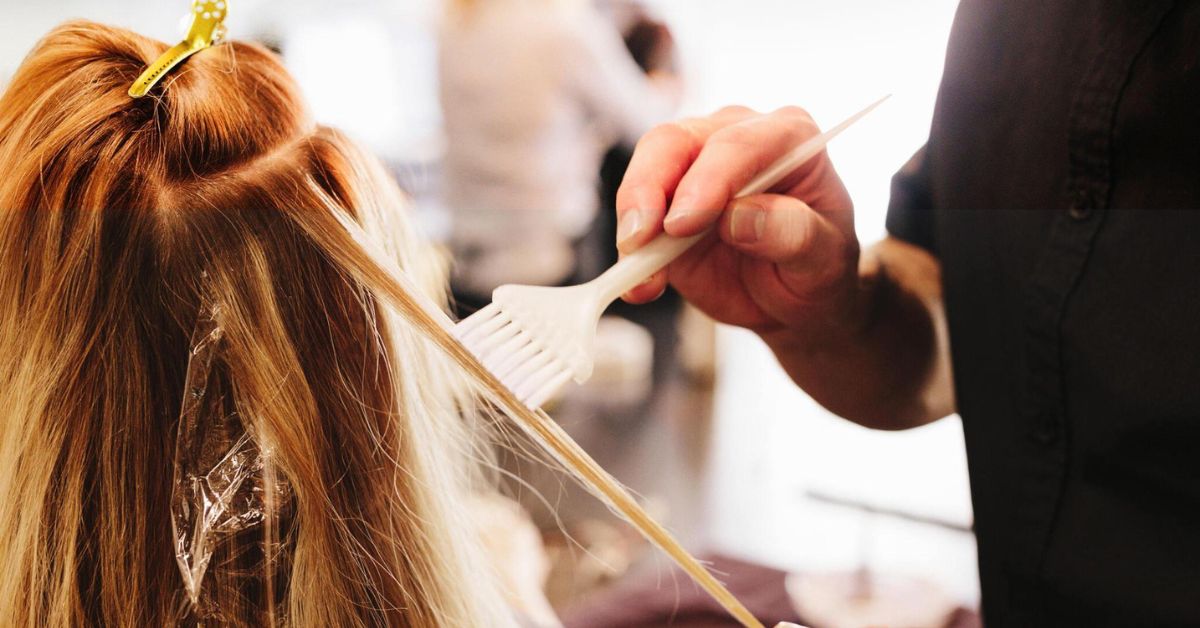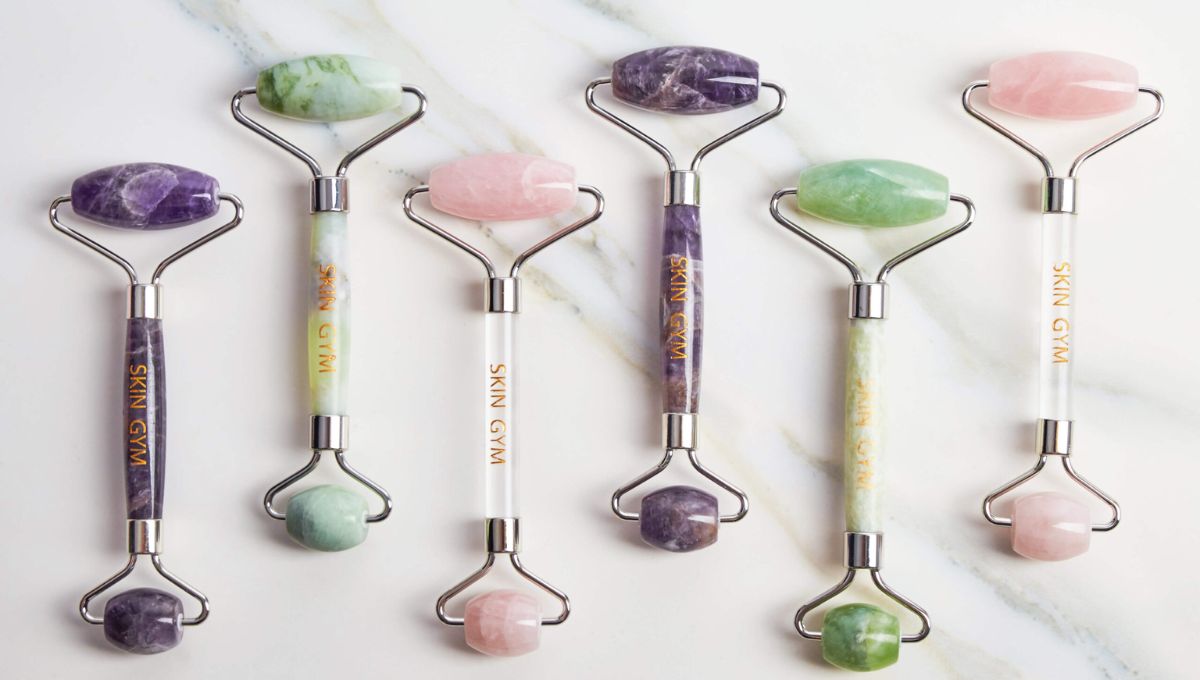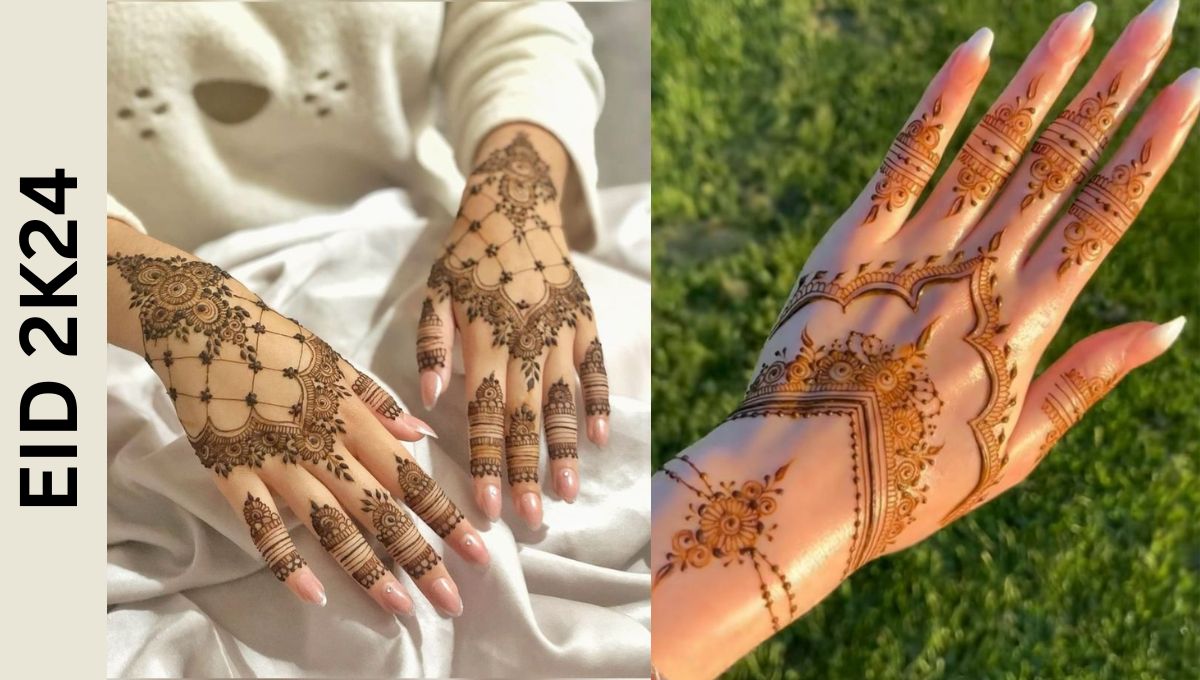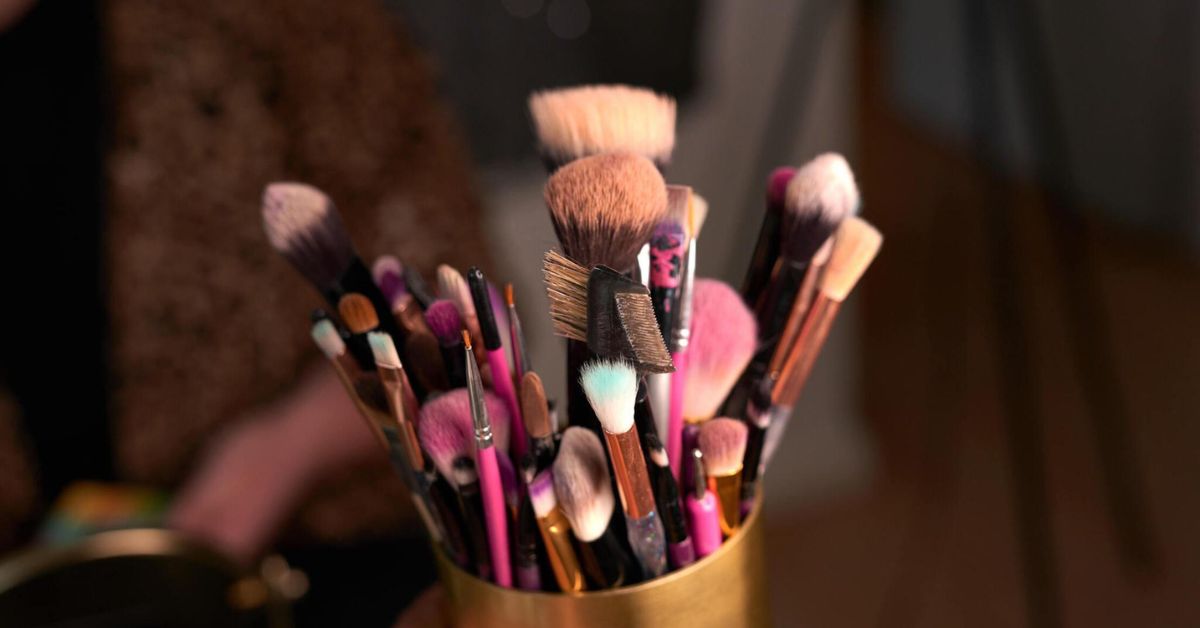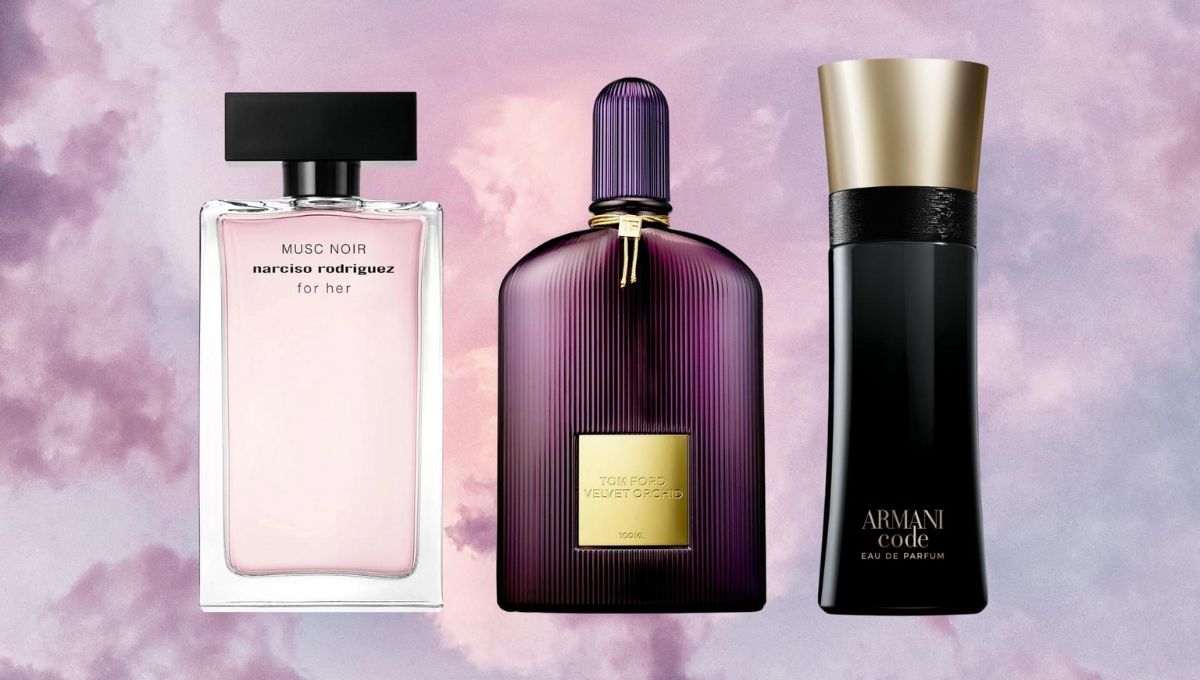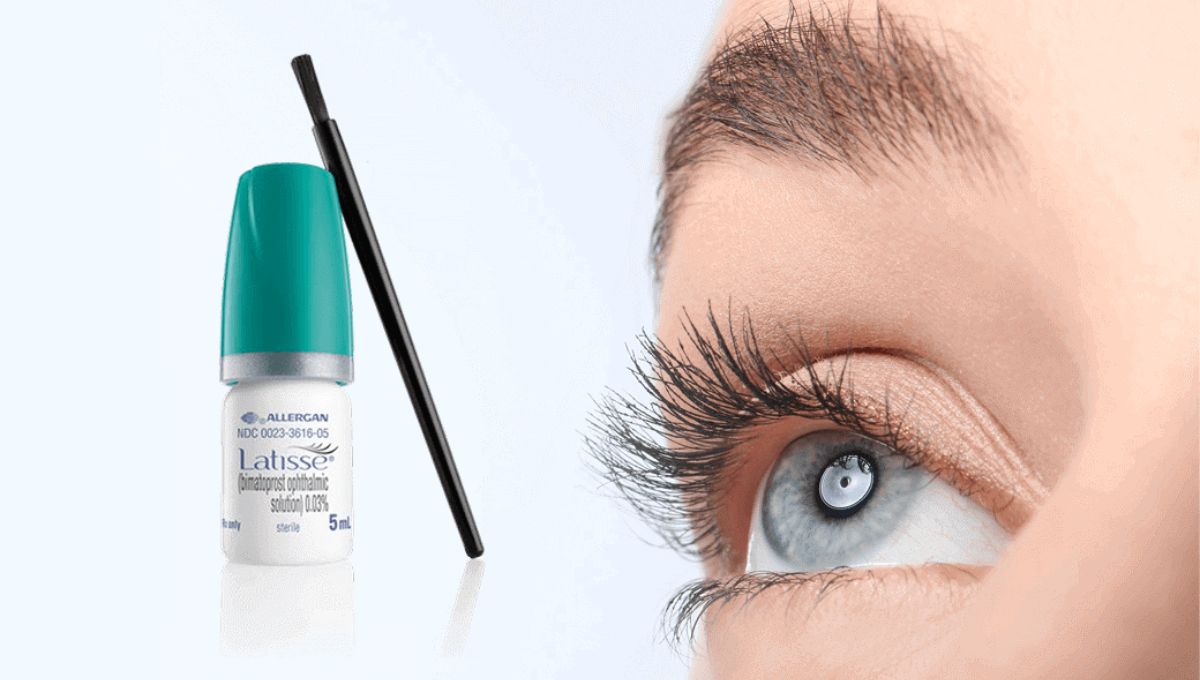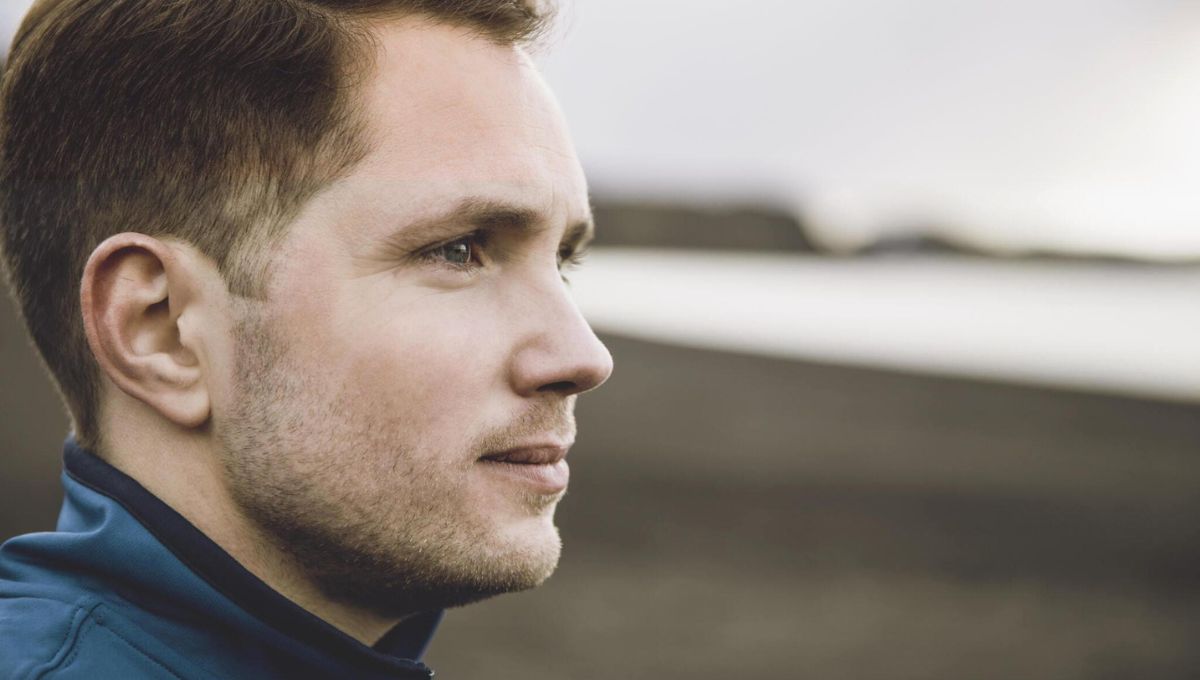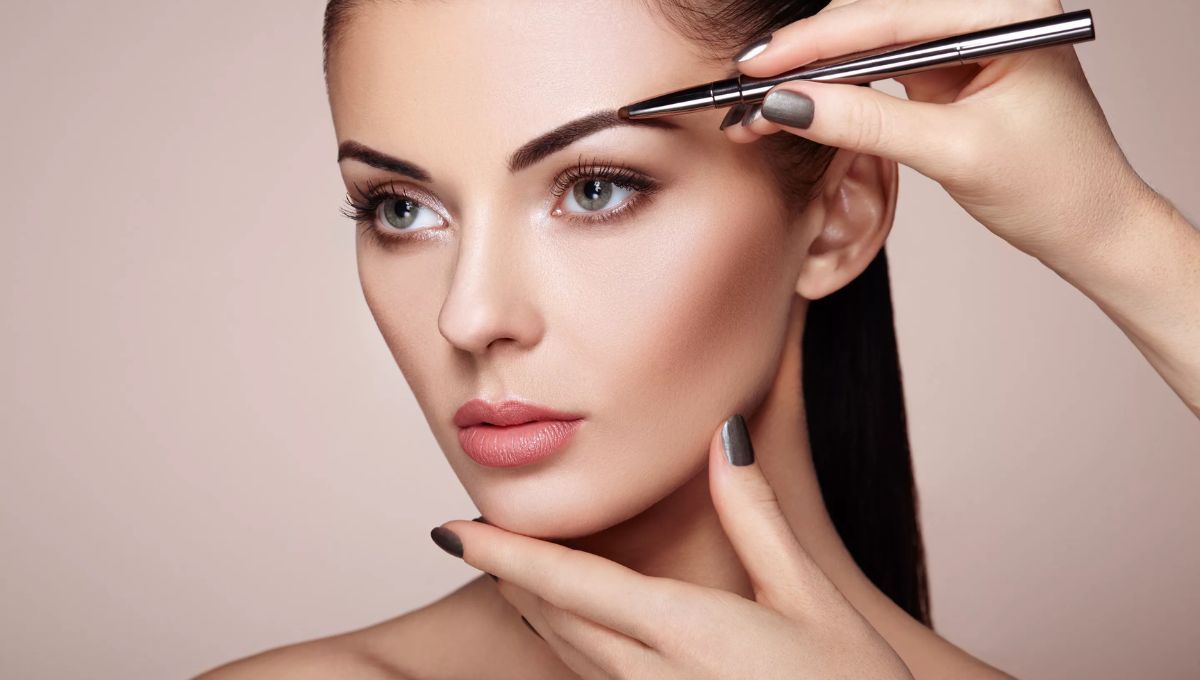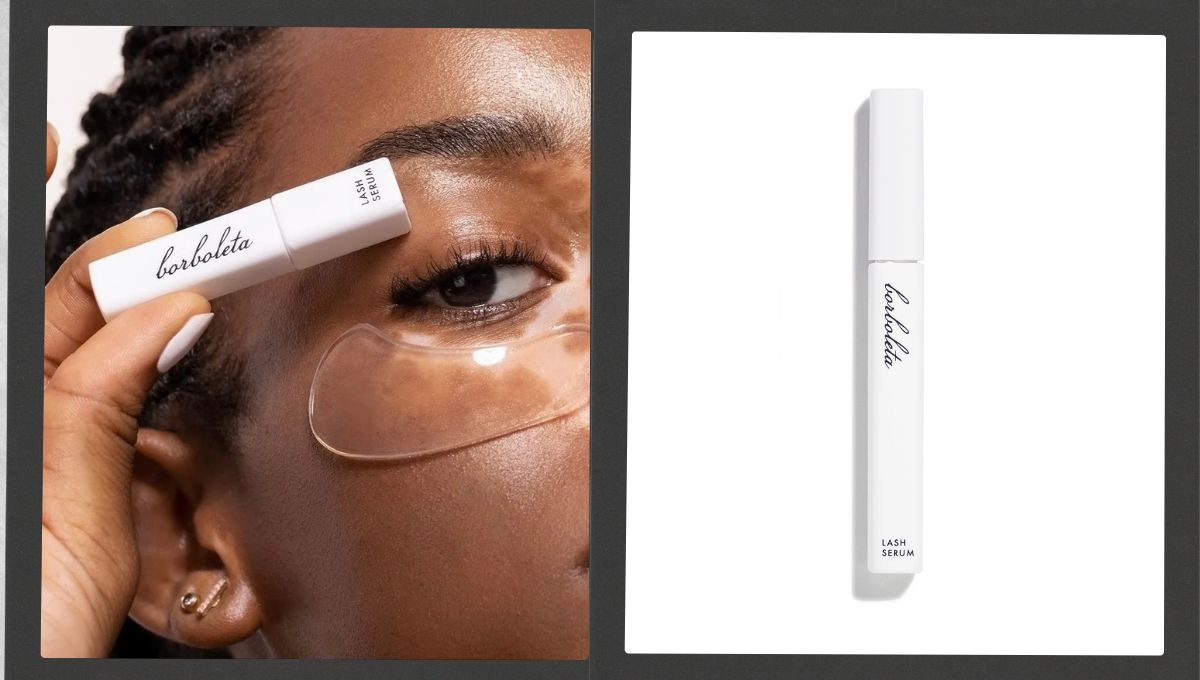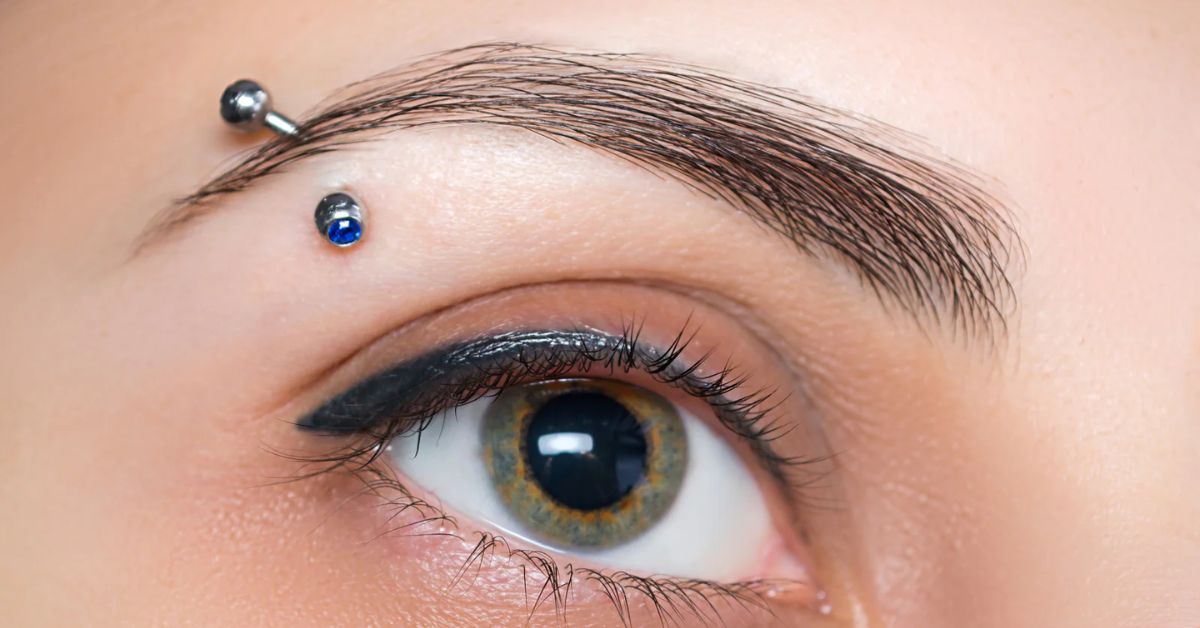“Hair is a woman’s glory, and it should be treated as such.”
True to these words, women of every age have valued their hair as an important part of their identity. Surprisingly, from the origin of this world, hairstyles have undergone an unbelievable transformation. From the iconic bobs of the 1920s to the bold hairstyles of the present day, the journey of cultural haircut stories is truly fascinating.
Cultural Haircut Stories
In this blog, we will explore the fascinating world of cultural haircut stories. From ancient rituals to modern trends, we will delve into the rich tapestry of human diversity and expression through hair. These traditions often reflect cultural values, beliefs, and social norms.
Let’s jump in…
Ancient Egypt (4000-300 BC)
In Ancient Egypt, hair was not just a matter of personal grooming; it held deep cultural and religious significance. Egyptian pharaohs, queens, and ordinary people styled their hair according to the mystical rituals associated with it.
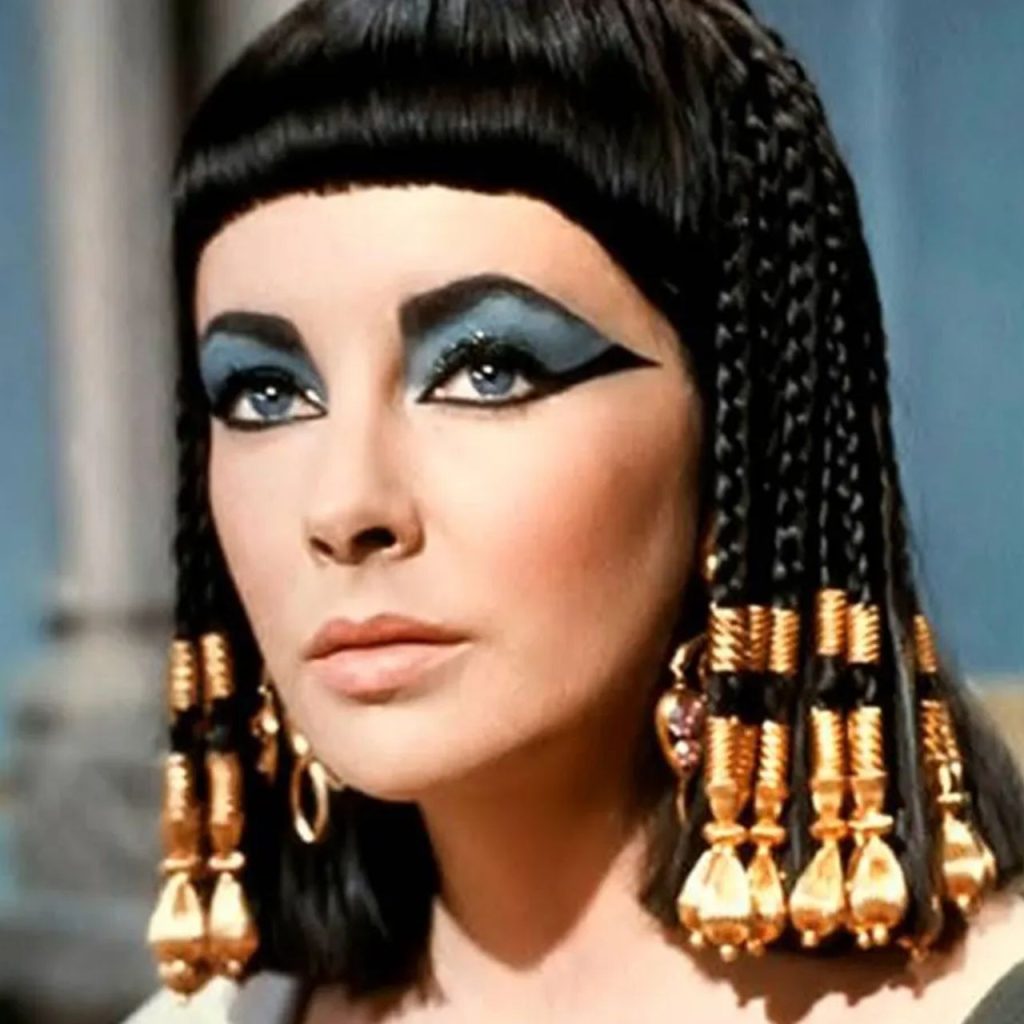
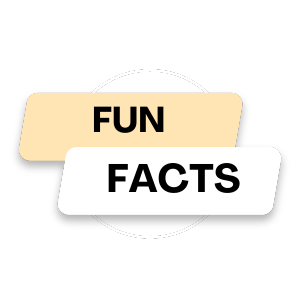
Ancient Egyptians used to put scented cones on their heads. And guess what? Those cones would melt throughout the day, releasing a pleasant fragrance! Very smart, though!
Ancient Greece (1500-150 BC)
The most elaborate hairstyles embellished with curls and Greek hair accessories came to stoplight during this age. Women were more prone to styling their hair with oils, and lotions and to keep their hair smelling fresh.
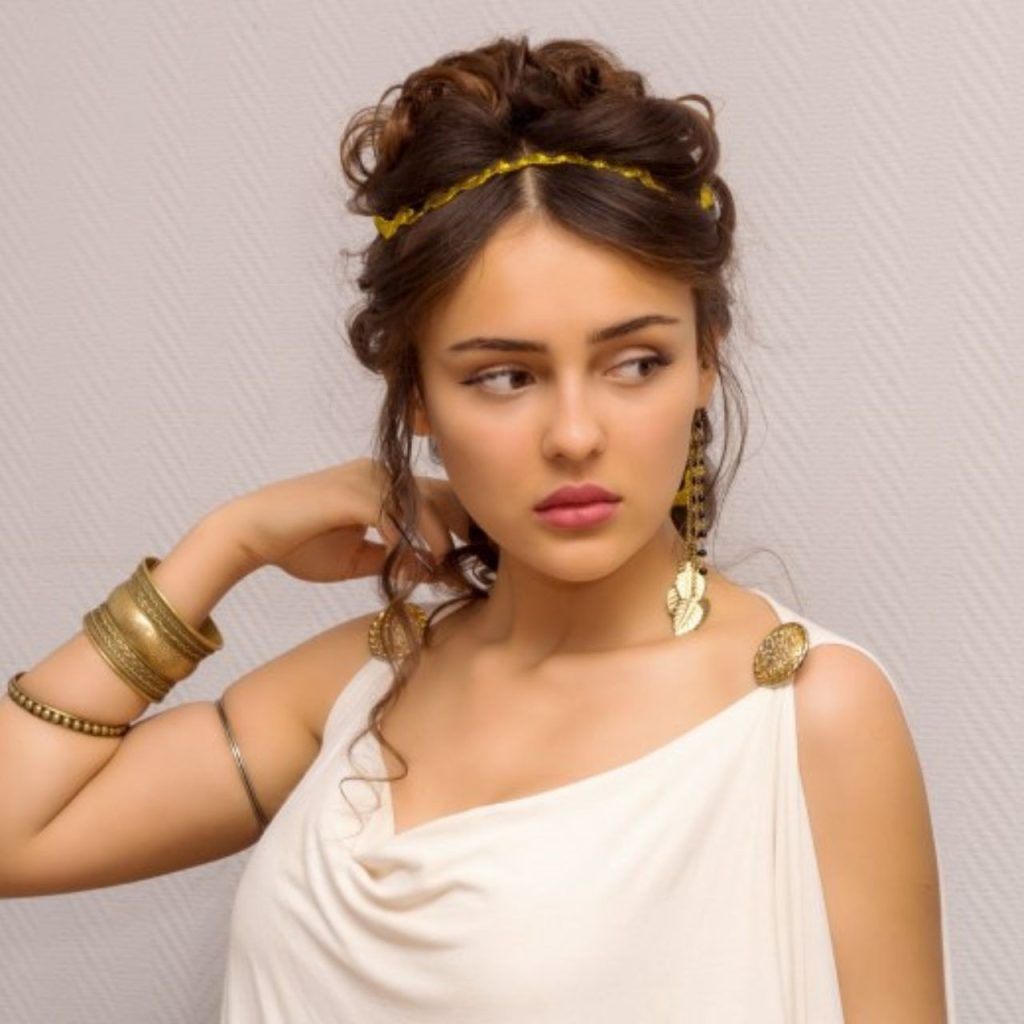

Did you know that Greek women believed that redheads turned into vicious vampires after they died? Interesting right?
Ancient Rome Haircut Stories (500 BC – 500 AD)
Hairstyles then were influenced by Greek traditions but transformed to symbolize Roman beauty icons. Women often wore their hair in huge updos. The use of hair accessories, such as hairpins and tiaras, was widespread.
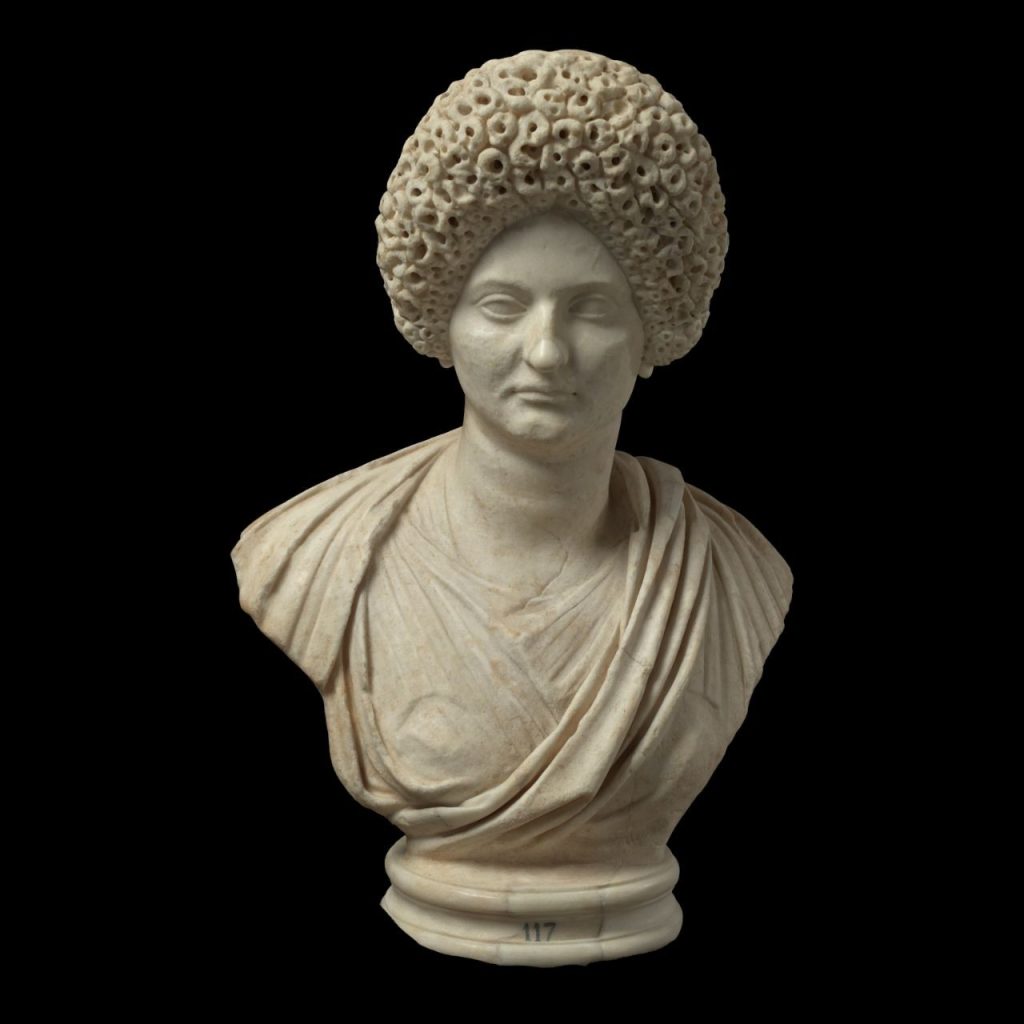

Can you believe that Roman women dyed their hair with goat fat and beech wood ashes? These harsh chemicals though used to result in hair loss. Sad but crazy!
The Dark Ages Haircut Stories (500-1000)
Archaeologists haven’t found a lot about this age because of a lack of literature and art. However, the handful of remanings signal the fact these women didn’t have fancy taste and usually kept their hair covered. The unmarried women were fond of keeping their hair uncovered and loose.
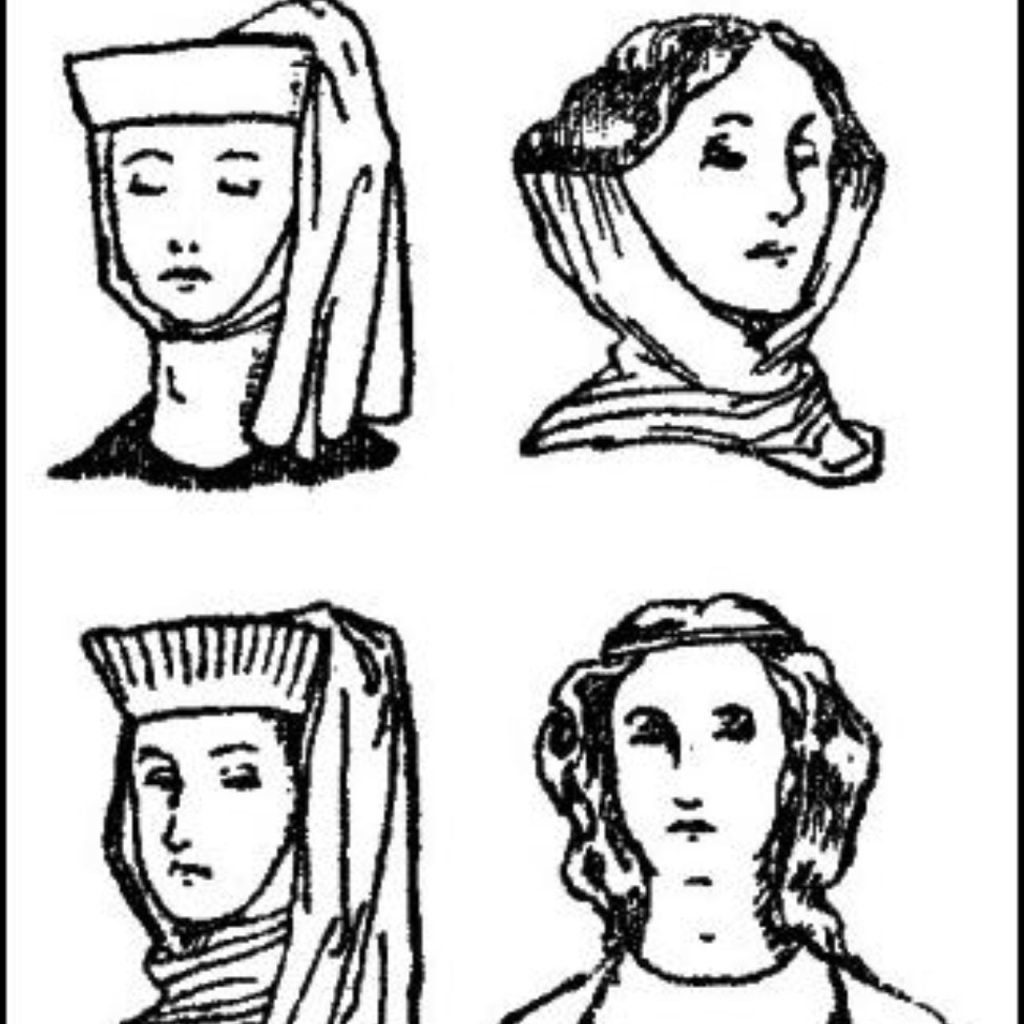

Dark Age had darkness everywhere! Even their hairstyles were kept in the dark under the veils & hoodies. #feelingSad for these beauties!
Age of Romanticism (900-1250)
Royal women of this age wore loose curls and the low-class women were bound to wear chin-length hairstyles.

Natural flowers were used to style the hair, which symbolizes love and romance.
Gothic Period (1250-1500)
Women kept their hair covered under long coned hats usually known as hennin. Hair was rarely seen.
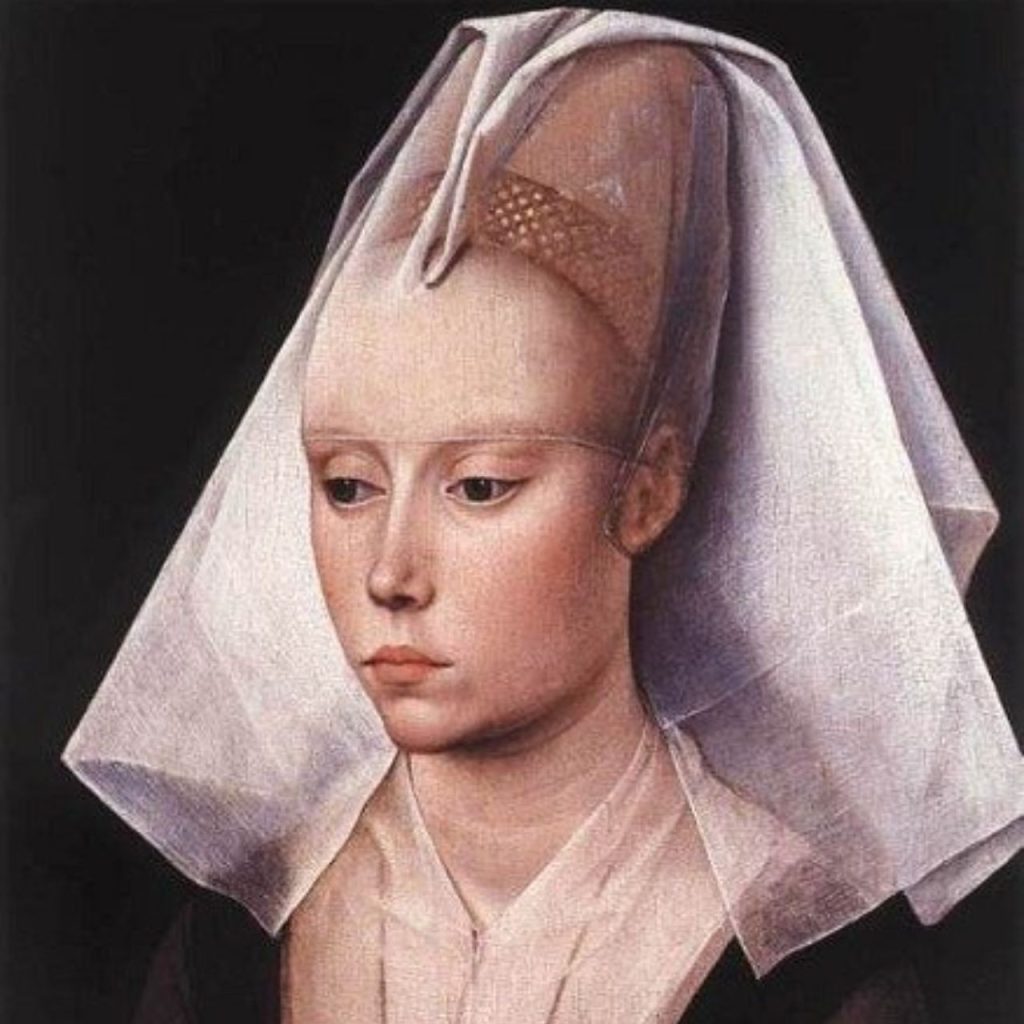

The hennin was so tall that the fashionistas of the Gothic period literally had to tilt their heads to pass through the doorway!
Renaissance Women’s Haircut Stories (1500-1600)
The love for art and literature saw an incredible revival in this age! The beautiful updos were still popular. Women loved to decorate their hair with jewels and other ornaments.

Women loved to shave their foreheads. They plucked their hairline and used powder or oil to create a perfect higher hairline.
Baroque Period (1600-1700)
Women wore their hair in towering updos decorated with pearls, feathers, and other embellishments.
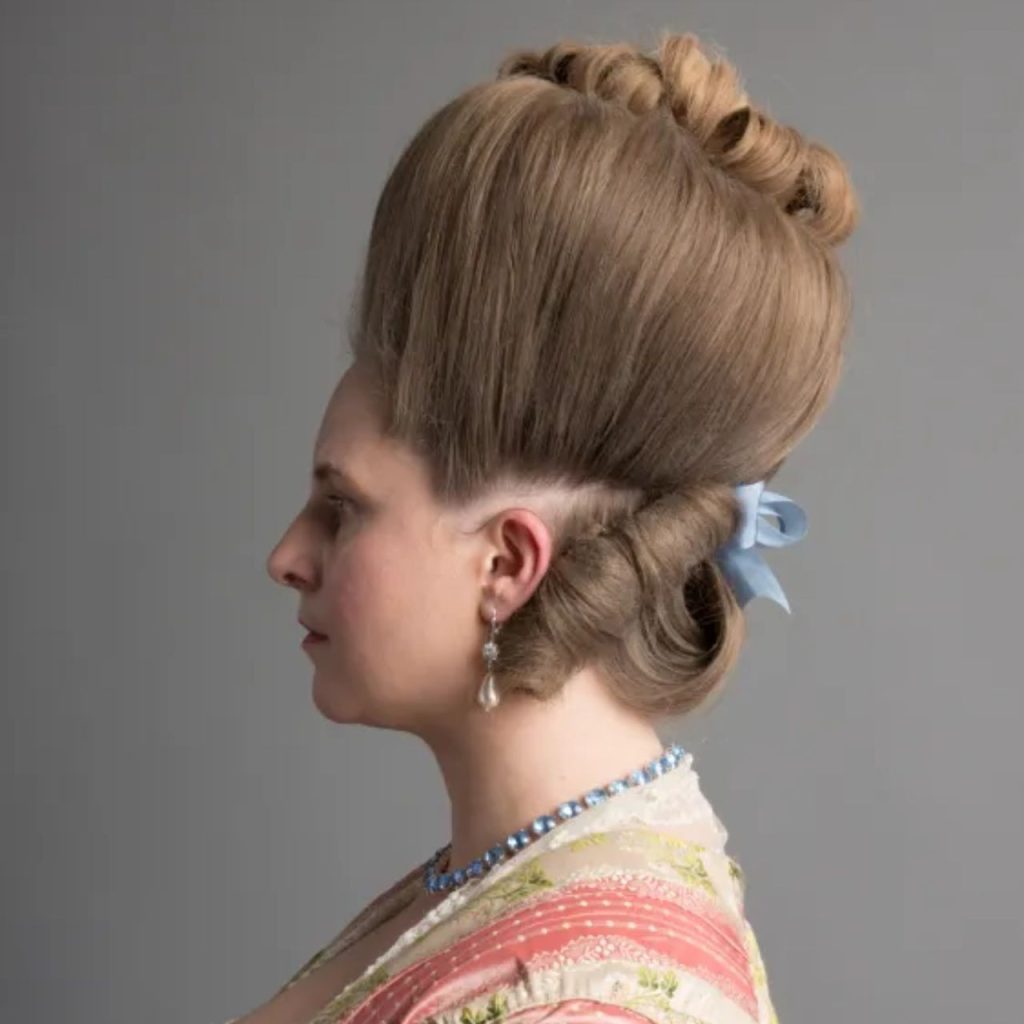

Wigs everywhere! Women of this age were truly fascinated by artificial hair and embellished them with pearls, hair feathers, and even miniature ships.
Beidermeier Period (1848)
Hair styles were elegant and impeccably well-combed, with both updos and half-dos being super-popular during this age. Twists, curls, and braids were also their favorite.

Titian was this age’s biggest hairstyle influencer! Inspired by Titian, the long loose curl hairstyles were adorned by followers and ribbons.
Regency Period (1811-1820)
The phenomenal short, spiral curls and puffy updos were popular. The Roman and classic Greek statues were what inspired these women.

The illusions of high and bouncy hair were created by placing puffy pads under the hair!
The Victorian Age’s Cultural Haircut Stories
No ears shown! During this age, women used to cover their hair with loosely braided or curled hangings that perfectly puffed around their ears!
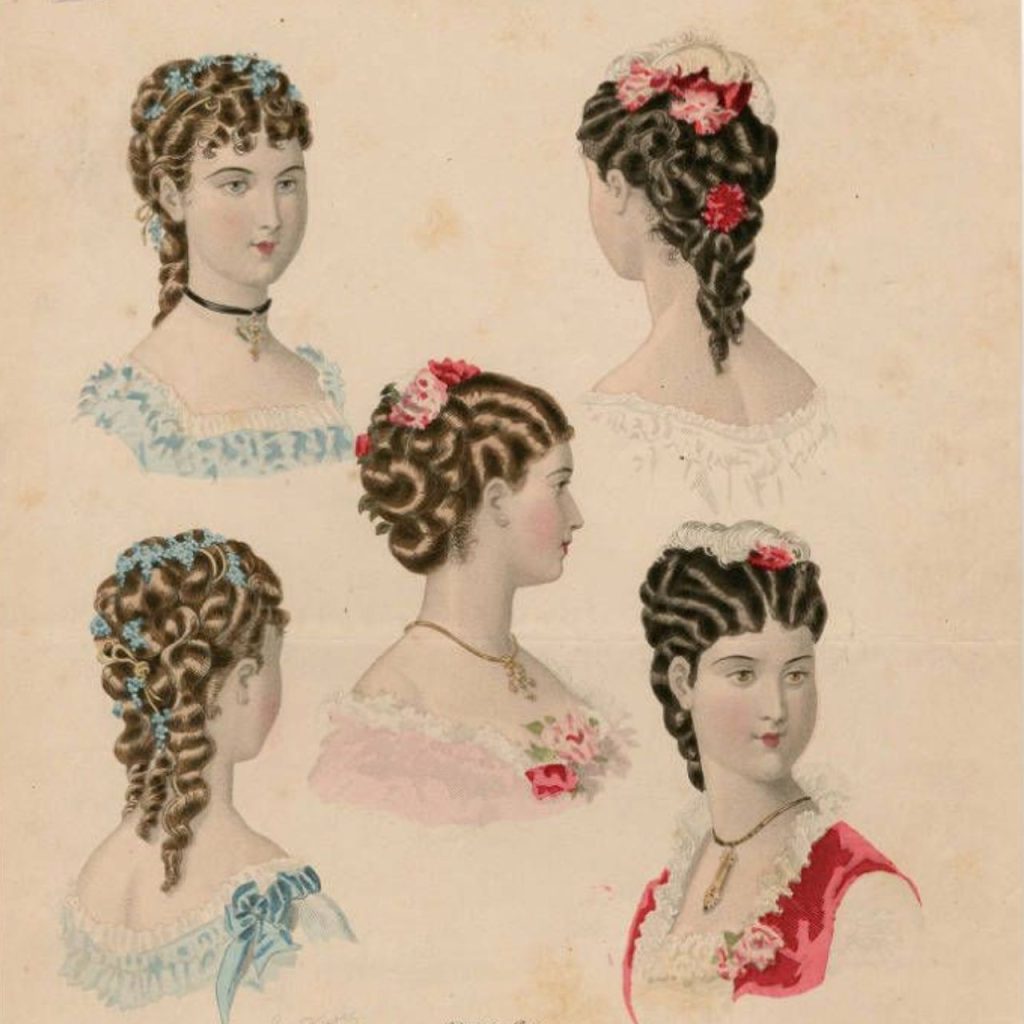

The hair jewelry was at its peak in this age! Women didn’t hesitate to put up their hair into intricate jewels and broaches.
Art Nouveau Female Haircut Stories (1890-1910)
More natural hairs, embellished with jewels became popular. Updos became less popular and natural ornaments like flowers became more popular.

In 1906, Charles Nessler introduced the first electrical curler to curl the strands permanently. It nearly took 10 hours to curl the locks.
THE 1920s Cultural Haircut Stories
In 1920, Coco Chanel, an inspiring fashion innovator, emerged, introducing a short haircut trend. This iconic Chanel hairstyle was adopted for many years. Bobs were also extremely popular during this age.

Women were so intimidated by the bob that the women who were not ready to cut their hair short would create fake bobs by pinning their long hair up.
THE 1930s Cultural Haircut Stories
Short and elegantly styled hairstyles became the hallmark, majorly influenced by the top actresses of the time. As the hairstyle technology continues to flourish, it was in this era when Revlon and Max Factor started producing cosmetics for hair.

Women used combinations of sugar water and clothing iron to curl their hair. Leading to the present day’s hazardous fashion trends.
The 1940s Cultural Haircut Stories
As a result of the Second World War, Hollywood started featuring war-themed movies. Actresses were spotted wearing long, loose hair, inspired by Veronica Lake. The war continued and women started covering their hair in scarves and hats due to the absence of hairdressers in the war.
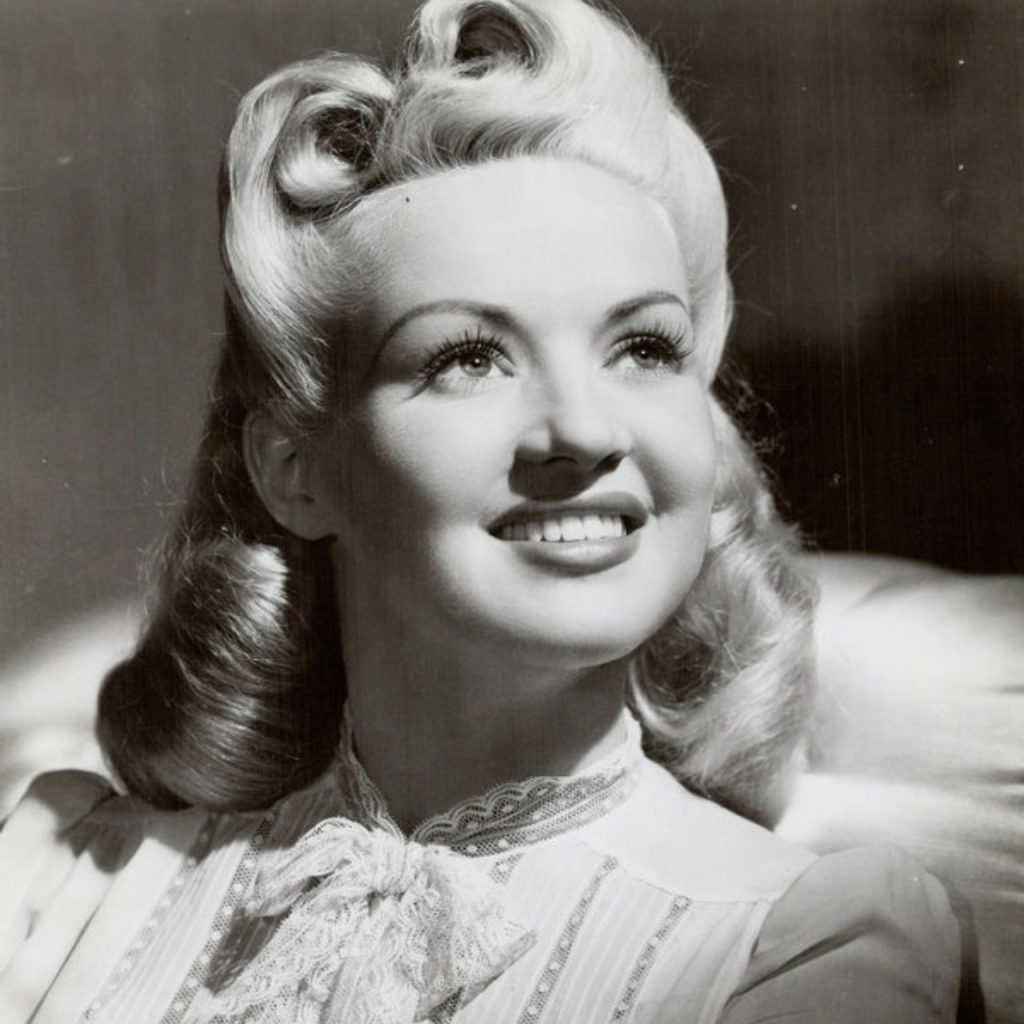

Did you know that the hairstyle of this era of war always had a “V” in it? The enthralling V-shaped curls placed elegantly on the sides of their heads symbolized victory!
THE 1940S Cultural Haircut Stories
This era is referred to as the “Golden Years”. Home hair dye colors emerged during this period with Marilyn Monroe receiving the honor of becoming the era’s fashion icon.

Inspired by cinema, the “Helmet” hairstyle, played by actress Doris Day, became a widespread trend.
The 1970s Cultural Haircut Stories
This age was truly an age of innovation. Different lengths, hairstyles, and colors became the new norm. Hairsprays became popular and the “Hippie” movement was a hit!
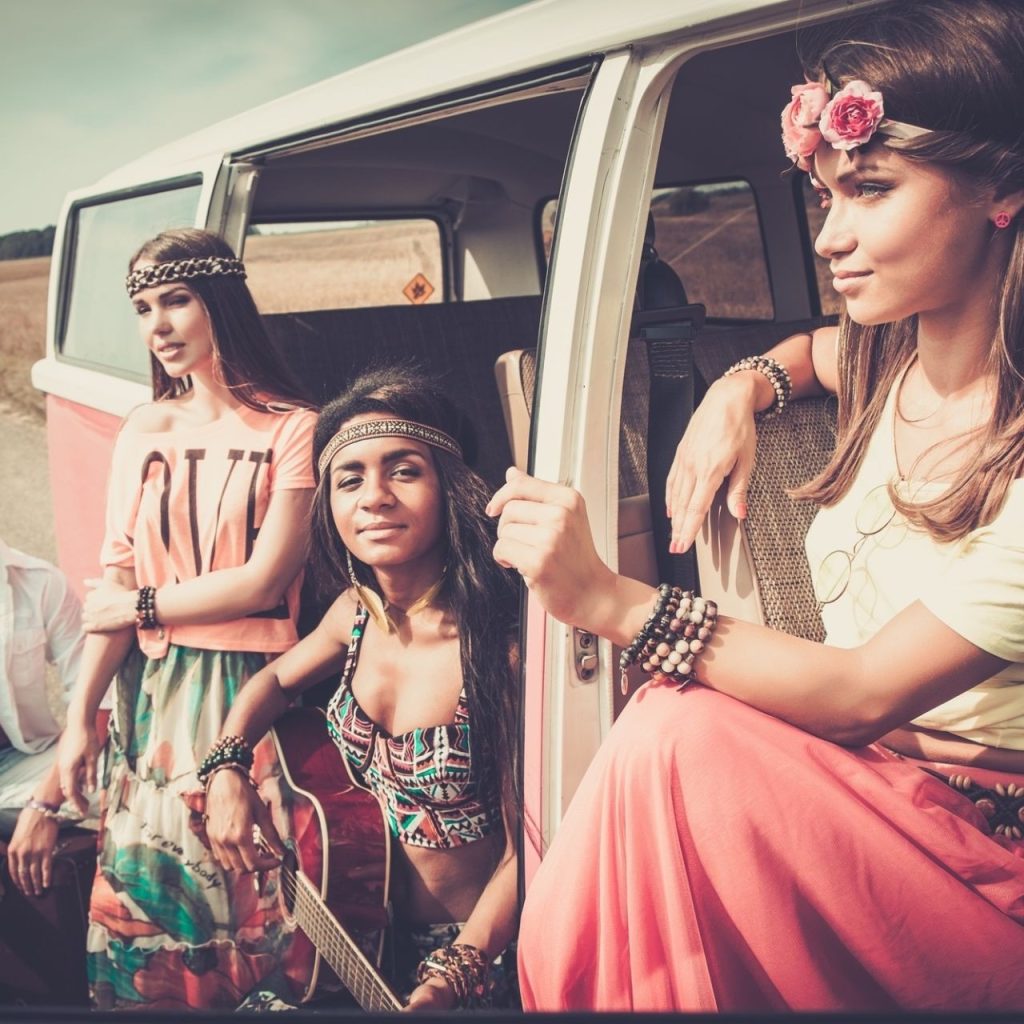

The discos went viral in this age and the awe-striking hairstyles reflected the new change in society. Women of this age loved bold and flowing haircuts.
The 2000s to Current Cultural Haircut Stories
Rachel from Friends became popular! Her long and classy hair became the next trend, giving rise to long hairstyles. Jennifer Aniston popularized the trend of highlighted hair. Her unique voluminous hair painted in three or more colors, inspired countless women. Simple ponytails stole the spotlight! However, the mid-2000s again witnessed the comeback of modern short hair. Those included the straight short bob-cuts.
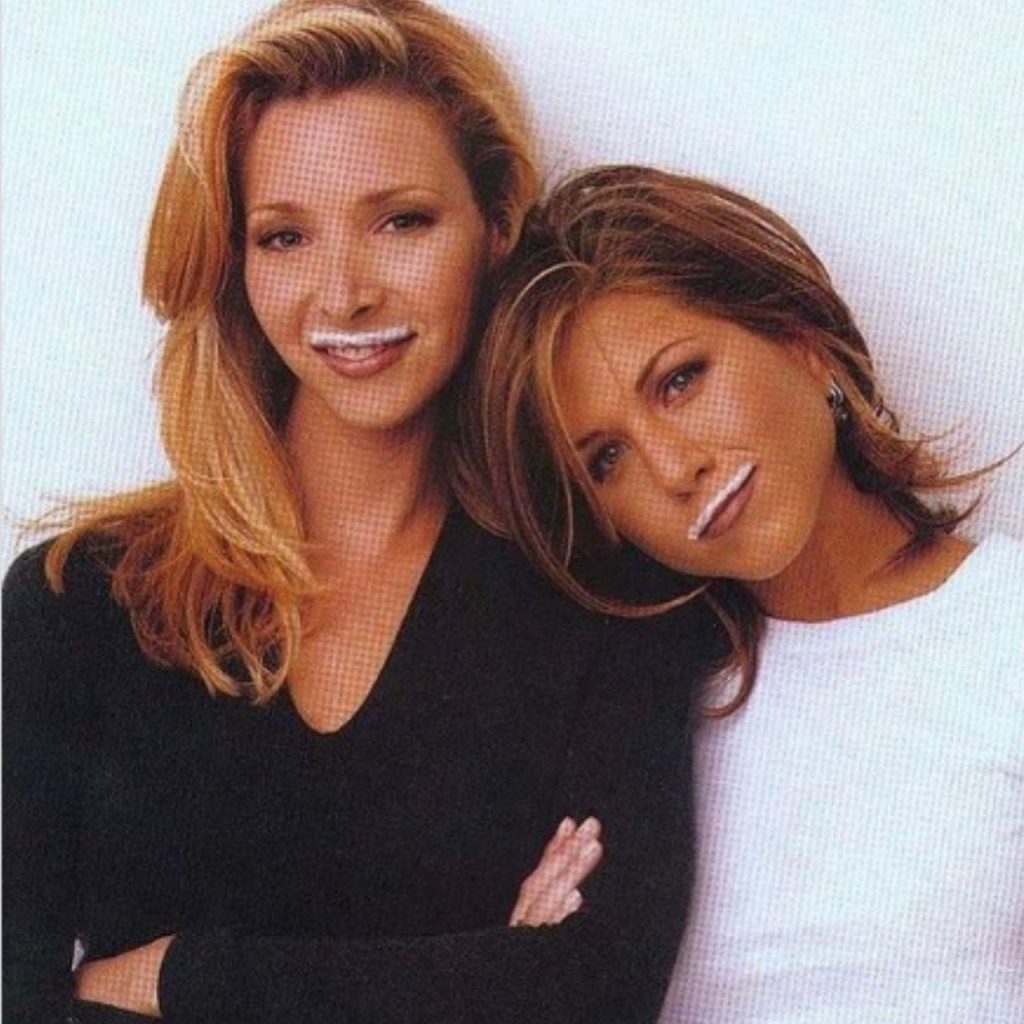

The hairstyle “The Rachel” has been adopted by 11m women and it’s still the most popular hairstyle!
Conclusion: The Ever-Evolving Cultural Haircut Stories
In this exploration of cultural haircut stories, we’ve journeyed through time and across continents, witnessing the profound influence of hair on identity, culture, and society. From Ancient Egypt to the modern-day blending of traditions, hair remains an enduring symbol of our shared humanity.
As we move forward, let’s continue to embrace the tapestry of phenomenal haircuts that make our world vibrant and culturally interconnected!

